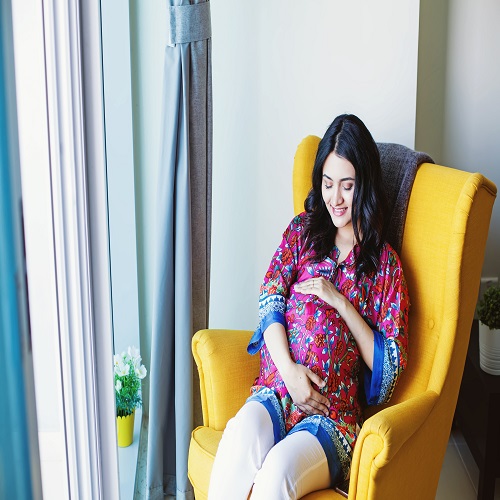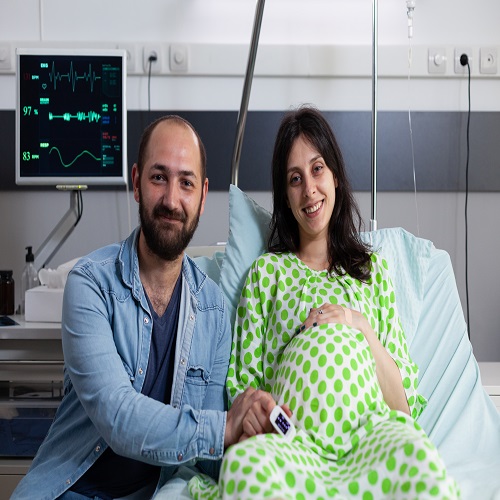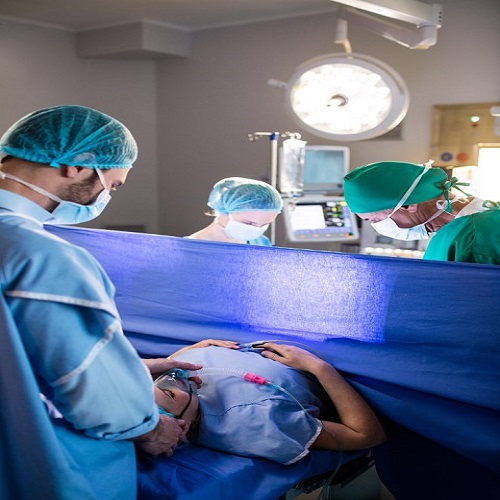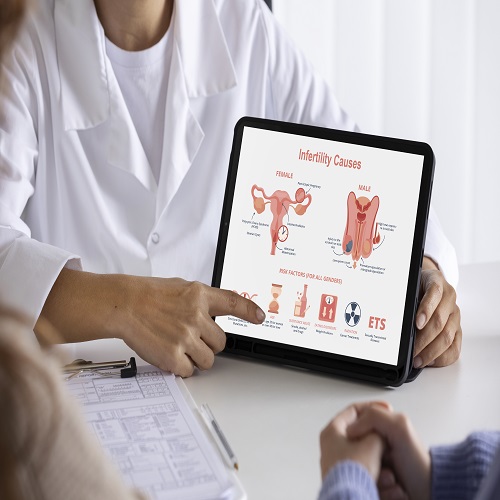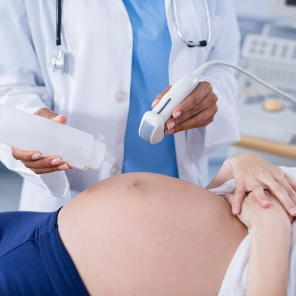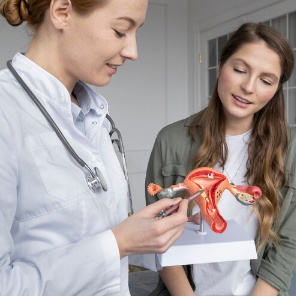https://shreeshreejiwomenshospital.com/A maternity home, also known as a maternity hospital or maternity ward, is a healthcare facility specifically designed and equipped to provide medical care and support to pregnant women before, during, and after childbirth. These facilities are dedicated to ensuring a safe and comfortable environment for expectant mothers and their newborns. Here are some key aspects of maternity homes:
Prenatal Care: Maternity homes offer prenatal care services, which include regular check-ups, medical examinations, and educational resources for pregnant women to monitor the health of both the mother and the developing baby.
Labor and Delivery Services: Maternity homes have labor and delivery rooms where expectant mothers can give birth under the supervision of trained medical professionals, such as obstetricians, midwives, and nurses.
LaborPostnatal Care: After childbirth, maternity homes provide postnatal care to both the mother and the newborn. This care may include medical check-ups, breastfeeding support, and advice on newborn care.
LaborNeonatal Care: Maternity homes often have neonatal intensive care units (NICUs) for premature or ill newborns that require specialized medical attention.
LaborEducation and Support: Maternity homes offer educational resources and support to expectant mothers and their families. This may include prenatal classes, counseling, and information on childbirth, parenting, and postpartum care.
LaborFacilities: These facilities typically have comfortable and private rooms for expectant mothers and, in some cases, allow family members to be present during labor and delivery.
LaborSpecialized Care: Some maternity homes are specialized, such as high-risk maternity units that cater to women with complicated pregnancies or those who require extra medical attention.
LaborHome-Like Environment: Many maternity homes strive to create a comfortable and homely atmosphere to reduce stress and promote relaxation during childbirth.
LaborCommunity Outreach: Some maternity homes offer community outreach programs to address the healthcare needs of pregnant women who might not have access to traditional healthcare facilities.
It’s important to note that the availability and services provided by maternity homes can vary depending on the country and healthcare system. Maternity care is a crucial aspect of healthcare, as it ensures the well-being of both mothers and newborns during a critical time in their lives.
